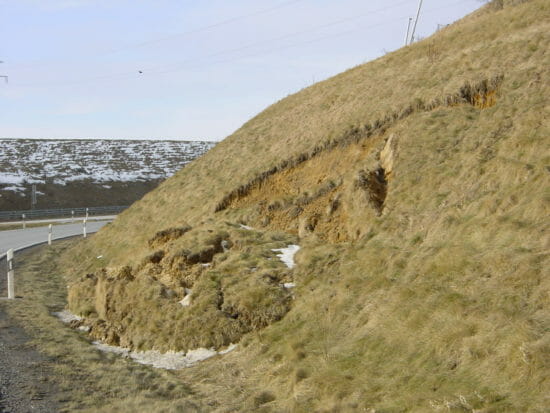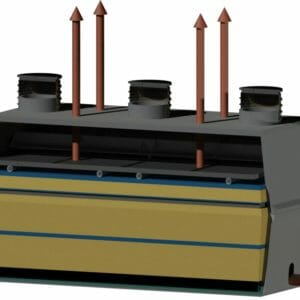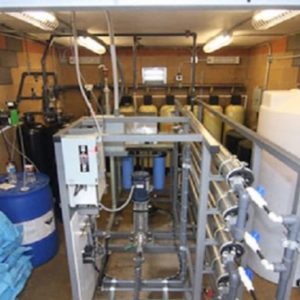E – 1223 Slope Stability and Protection
$175.00
Courses Included
This course presents methods of analyzing stability of natural slopes and safety of embankments. Diagrams are included for stability analysis, and procedures for slope stabilization are discussed. Methods of analysis are discussed, including the limit equilibrium method, limit analysis and finite element method. Translational failure analysis and recommended safety factors are provided. Earthquake loading and the effects of soil parameters and groundwater on stability are presented. You will learn about slope stabilization techniques including regrading, seepage and groundwater control, and retaining structures.
Upon completion of this course you will have an understanding of the approach to analysis of natural and embankment slopes for stability, and you will learn about methods of slope protection.
Course Outline
1. INTRODUCTION
2. TYPES OF FAILURES
3. METHODS OF ANALYSIS
4. TRANSLATIONAL FAILURE ANALYSIS
5. REQUIRED SAFETY FACTORS
6. EARTHQUAKE LOADING
7. EFFECTS OF SOIL PARAMETERS AND GROUNDWATER ON STABILITY
8. BIBLIOGRAPHY
9. GLOSSARY
10. SYMBOLS
Description
This course presents methods of analyzing stability of natural slopes and safety of embankments. Diagrams are included for stability analysis, and procedures for slope stabilization are discussed. Methods of analysis are discussed, including the limit equilibrium method, limit analysis and finite element method. Translational failure analysis and recommended safety factors are provided. Earthquake loading and the effects of soil parameters and groundwater on stability are presented. You will learn about slope stabilization techniques including regrading, seepage and groundwater control, and retaining structures.
Upon completion of this course you will have an understanding of the approach to analysis of natural and embankment slopes for stability, and you will learn about methods of slope protection.
Course Outline
1. INTRODUCTION
2. TYPES OF FAILURES
3. METHODS OF ANALYSIS
4. TRANSLATIONAL FAILURE ANALYSIS
5. REQUIRED SAFETY FACTORS
6. EARTHQUAKE LOADING
7. EFFECTS OF SOIL PARAMETERS AND GROUNDWATER ON STABILITY
8. BIBLIOGRAPHY
9. GLOSSARY
10. SYMBOLS
- Learn modes of slope failure.
- Learn about the effects of soil or rock type on slope failures.
- Learn how to analyze slopes for failure risk.
- Learn the Simplified Bishop Method for slope analysis.
- Learn about slope stability charts, including rotational failure in cohesive soils.
- Learn about translational failure analysis methods.
- Learn the effects of soil parameters and groundwater on slope stability.
- Learn about stability problems in special materials.
- Learn about stabilization structures such as piers and retaining walls.






